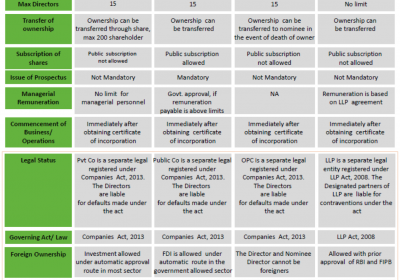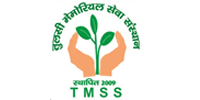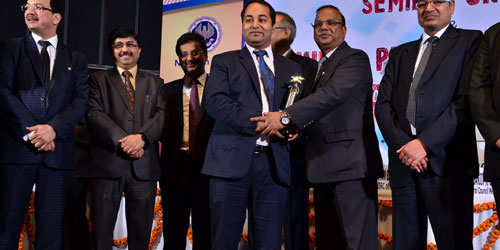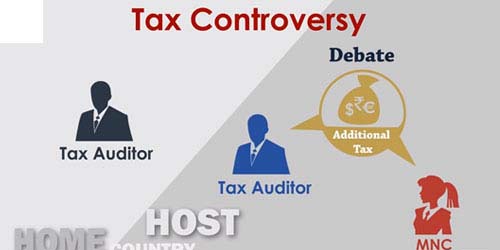VAT returns are due on the 20th of every month. The previous months VAT information must be filed on the 20th of every month.
VAT Registration Highlights
Value Added Tax
Value Added Tax (VAT) is a tax levied on the sales of goods in India. Manufactures and traders should obtain VAT Registration, if they have annual sales of more than Rs. 5 lakhs (Rs. 10 lakhs in some states).
End Consumer bears VAT
All purchasers of goods in India must pay VAT. However, at each stage, the person purchasing the goods is allowed to set-off the VAT paid against the VAT liability on subsequent sale. Thereby making the end consumer pay the VAT.
VAT / TIN / CST are the Same
VAT / TIN / CST utilize the same unique 11 digit number. Therefore, VAT / TIN / CST are the same and obtaining VAT Registration from the State authorities will suffice as the TIN or CST Registration also.
State Level Tax
VAT is determined and collected by the State Governments. Therefore, each State has a different VAT Regulation based on the type of goods sold. Therefore, it is best for businesses to be aware of the State's VAT Regulation applicable to them.
VAT Due Dates
VAT Payments must be deposited in designated banks quarterly in case of Proprietary Firms, LLPs or Partnership Firms and monthly in the case of other type of business entities like Companies. VAT Returns must be filed monthly on the 20th.
NO VAT on Exports
For goods exported from India, VAT is not applicable. Therefore, exporters of goods are not required to pay VAT. However, it is advisable for exporters to obtain VAT registration.
ADVANTAGE OF VAT
- A perfect system of VAT is a perfect chain where tax evasion is difficult.
- VAT facilitates precise identification and rebate of the tax on purchases and thus ensures that there is no cascading effect of tax
- Under a VAT system, the buyer knows, out of the total consideration paid for purchase of material, what is tax component. Thus, the system ensures transparency also.
- VAT does not have any inflationary impact as it merely replaces the existing equal sales tax. It may also be pointed out that with the introduction of VAT; the tax impact on raw material is to be totally eliminated








































































